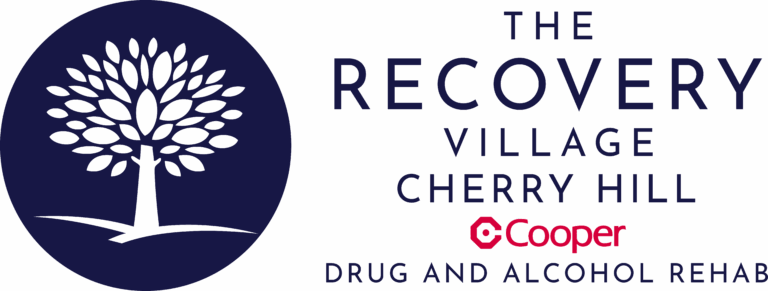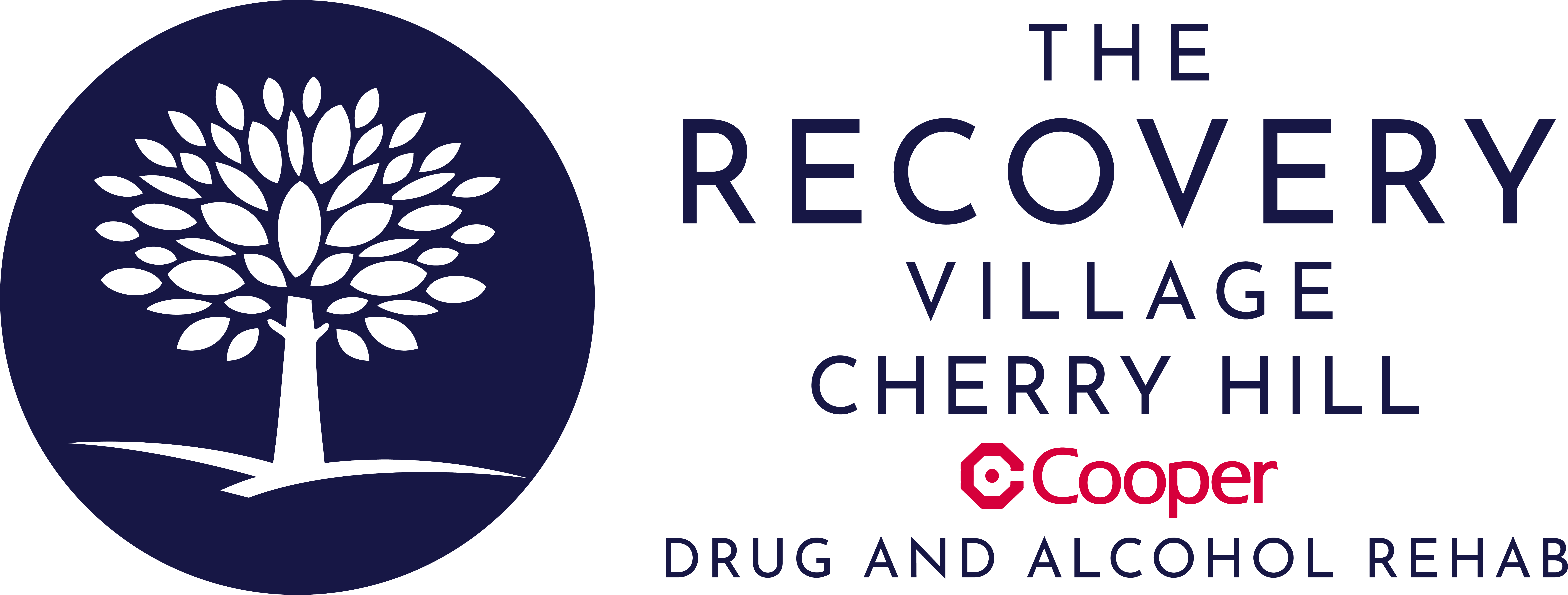Heroin use increases the risk of overdose and death, but heroin addiction treatment can help you avoid the dangers of this drug.
Heroin use can increase the risk of overdose, cause you to become socially isolated and make you experience financial and legal problems. However, overcoming heroin addiction is possible! Through professional treatment and support, someone with a heroin addiction can regain a life free from addiction and avoid the potential dangers of heroin use.
Understanding Heroin Addiction
Heroin addiction is dangerous, causing serious health problems that can be deadly. People addicted to heroin will generally have shorter lifespans and can experience a more difficult, stressful lifestyle than others.
Heroin is a type of opioid drug. Unlike many opioids, heroin is so addictive that it is not approved for medical use. Heroin works by stimulating opioid receptors in the brain and releasing brain chemicals called endorphins. These chemicals cause a pleasurable sensation, and the simulation of opioid receptors creates a feeling of relaxation and calm, adding to its addictive effects.
Heroin is most commonly injected into a vein but can also be smoked or snorted. Heroin is potent, and being addicted to the drug often indicates that a very strong addiction has developed. Using heroin is a sign that you need to seek professional medical help.
Recovery Can Be Life Changing
Whether you or a loved one is struggling with addiction, our expert team is here to guide you every step of the way. Don’t wait— reach out today to take the first step toward taking control of your life.
“My life has became something that I’m proud of and something I can be grateful for.“
– Joseph McDermott, The Recovery Village Cherry Hill Alumni
Statistics
Heroin use is a tremendous health problem, with thousands dying every year from heroin addiction.
- In the U.S., more than 13,000 people died from a drug overdose involving heroin in 2020.
- One-in-five opioid deaths are caused by heroin.
- Using heroin shortens your lifespan by over 18 years.
- Over one million people use heroin each year in the U.S.
Signs of Heroin Use
Several different signs of heroin use are likely to be noticeable. These indicators, however, are generally not very specific to heroin and can also occur when any kind of opioid addiction is present. Many behavioral signs of heroin addiction are common to almost every other substance. The only two signs relatively specific to heroin are the presence of track marks and heroin paraphernalia.
Physical signs of heroin use can include:
- Slurred speech
- Conversations that seem abnormal or don’t make sense
- Being difficult to awaken
- Slowed breathing
- Constricted pupils
- Flu-like symptoms when heroin is not available
- Discoordination or problems walking
Behavioral signs of heroin use include:
- Changes in attitude or personality
- Becoming more secretive or withdrawn
- Decreased performance at work or school
- New financial or legal problems
- Changes in social groups
Heroin Track Marks
Track marks are specific to intravenous (IV) drug use. While other drugs besides heroin are used in the vein, heroin is one of the most commonly used IV drugs. Track marks occur when someone uses IV drugs repeatedly, injecting them into the same vein in different places.
Track marks will appear as a line of puncture scars along a vein due to repeated use of the vein. The presence of these marks grows the longer heroin is used. You will most commonly see them on the non-dominant arm, particularly in the crease of the arm and forearm.
Paraphernalia
Another sign of drug use, specifically heroin use, is heroin paraphernalia. Injecting heroin requires equipment. Heroin paraphernalia can include:
- Syringes
- Needles
- Cotton balls or other cloth filters
- Spoons or foil with a burn mark on one side
- Lighters or heat sources
- Tourniquets like shoe laces
The Effects of Heroin Addiction
Heroin addiction has many negative effects that can impact someone for the rest of their lives. These effects can be physical but can also be social or behavioral. The combined effects of heroin ultimately impact every facet of life.
Physical Side Effects
Heroin use has several side effects ranging from completely harmless to fatal. Either heroin or the use of an IV substance can cause these side effects. Some of the more serious physical side effects of heroin use can include:
- Discoordination
- Drowsiness
- Infections in the bloodstream
- Slurred speech
- Slow breathing
- Unconsciousness
If someone is experiencing unconsciousness or breathing changes, they must get emergency help immediately. It is also important to consider that side effects that seem less harmful, like discoordination, can increase the risk of serious accidents that can lead to life-long injuries.
Behavioral Side Effects
Behavioral side effects of heroin intoxication or general heroin use can include:
- Conversation that is difficult to follow
- Engaging in risky behaviors
- Lying
- Personality changes
- Agitation when not able to access heroin
- Becoming more secretive and withdrawn
Social Side Effects
The social side effects of heroin often develop because the person with addiction becomes overly fixated on using the drug and sacrifices time previously used to build relationships to use heroin. Additionally, the intense cravings and desire to use the drug can cause them to be perceived as acting selfishly, damaging relationships. Some of the social side effects of heroin use include:
- Breakdown in previously close relationships
- Divorce
- Increased stress or strain on existing relationships
- Spending less time with others
- Having friendships centered around substance use
- Poor performance or attendance to social or professional obligations
Additionally, heroin use can lead to illegal behaviors that further strain relationships.
Long-term Side Effects of Heroin Addiction
Several long-term potential side effects of using heroin exist. These mainly center around either the impact that heroin has on the brain or the addictive effects that it can cause. Long-term effects of heroin use include:
- Deterioration of white matter in the brain
- Decreased ability to regulate behaviors
- Difficulty responding to stress
- Poorer decision-making abilities
- High risk of addiction
The longer you use heroin, the more likely these long-term side effects will develop. It is also important to remember that long-term effects generally develop over longer periods but can advance quickly, potentially within weeks.
Co-occurring Disorders Associated With Heroin Addiction
A co-occurring disorder is a medical term referring to a substance addiction and mental illness occurring simultaneously. Mental illnesses that can cause a co-occurring disorder in someone with a heroin addiction include:
- Schizophrenia
- Anxiety disorders
- Depression
- Mood disorders
- Post-traumatic stress disorder (PTSD)
- Attention deficit hyperactivity disorder (ADHD)
It is particularly difficult to treat co-occurring disorders, as addiction can increase the risk of mental illness, and mental illness increases the desire to use addictive substances. Both conditions feed into the negative aspects of the other and must be treated together.
Heroin Addiction Treatment
Three main steps in treating heroin addiction are:
- Medical detox: The brain must adjust to the absence of heroin during medical detox, creating withdrawal symptoms that take time to resolve.
- Rehab: After medical detox, rehab is necessary to retrain the brain and provide strategies for avoiding the psychological effects of heroin, like cravings
- Aftercare: Following medical detox and rehab, aftercare involves creating a strong support structure to help maintain sobriety.
Each step is important for achieving long-term recovery.
Heroin Withdrawal and Detox
Withdrawal is the first step of recovery. When you use heroin for prolonged periods, your brain becomes more hyperactive to counteract the sedating effects of heroin. Once you stop heroin, your brain will be too hyperactive until it readjusts. This takes about a week and causes withdrawal symptoms.
During withdrawal, treatment involves making you as comfortable as possible and keeping you from giving in to the temptation to end withdrawal by using heroin or other opioids. Once you finish withdrawal, you can focus on other treatments.
Inpatient and Outpatient Rehab
After withdrawal, you can work on learning strategies and techniques for overcoming cravings and not being psychologically dependent on the comfort heroin can provide. This will involve therapy and learning to retrain your brain and thinking processes.
Inpatient rehab is an intensive form of rehab for more serious addictions. Inpatient rehab involves living at the rehab facility, often for 30 days. Residential treatment allows for a heavier therapy schedule but also offers an environment more conducive to recovery. Inpatient therapy provides a strong support group of people who are also recovering and medical staff.
Outpatient rehab is less intensive, allowing you to live your everyday life between therapy sessions. Outpatient rehab allows more flexibility but is less supportive. Depending on your specific needs, outpatient rehab can be used alone or following inpatient rehab.
Aftercare and Recovery
Aftercare is the life-long step following medical detox and rehab. The goal of aftercare is to allow you to live your everyday life without relapsing. Aftercare can be different for everyone but often involves having a solid support system, planning for crises and regularly reflecting on your recovery. Aftercare can also involve ongoing therapy after rehab or using medication to stay sober.
Is Recovery From Heroin Addiction Possible?
Recovery from heroin addiction can seem overwhelming, but it is absolutely possible! At The Recovery Village Cherry Hill at Cooper, we have helped many people who thought they could never be free from heroin addiction to not only stop using heroin but go on to live a productive, enjoyable life free from relapse. You can recover from heroin addiction. Take the first step towards freedom, and contact a Recovery Advocate today










